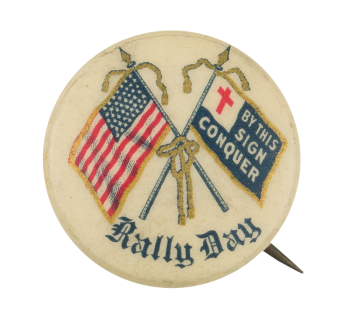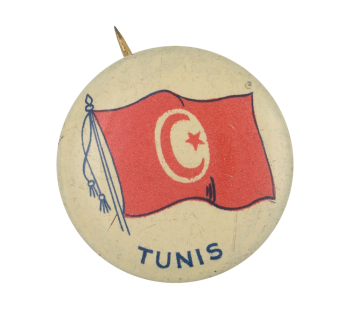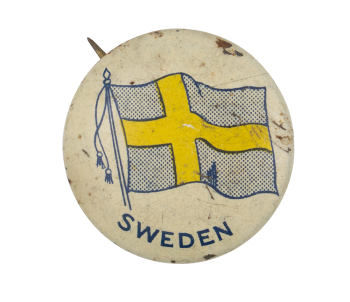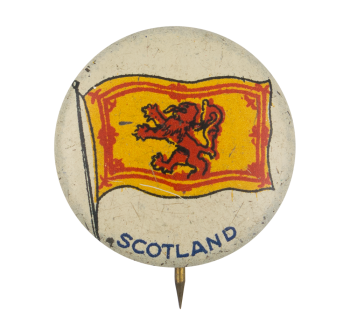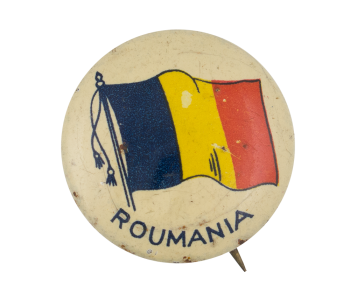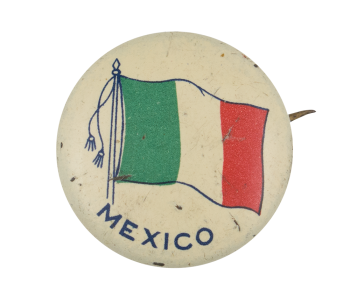I'm Knots About Twister
| Category | |
|---|---|
| Additional Images | |
| Text on Button | I'm KNOTS about Twister |
| Image Description | Red text on a white background |
| Back Style | |
| The Shape | |
| The Size | |
| Additional Information | Released in 1966 by the board game company Milton-Bradley, Twister quickly became a household phenomena among consumers. Initially, Milton-Bradley struggled to find retailers that would stock the game, but after the game debuted on The Tonight Show the sole New York retailer that carried it sold out the next day. With this success, Milton-Bradley ramped up production, selling over 3 million units in 1967 alone. Since the 1980’s, Twister has been used for fundraisers, college events, and to set Guinness World Records. |
| Sources |
Twister. (n.d.). Retrieved February 25, 2018, from http://www.toyhalloffame.org/toys/twister. |
| Catalog ID | AD0777 |



